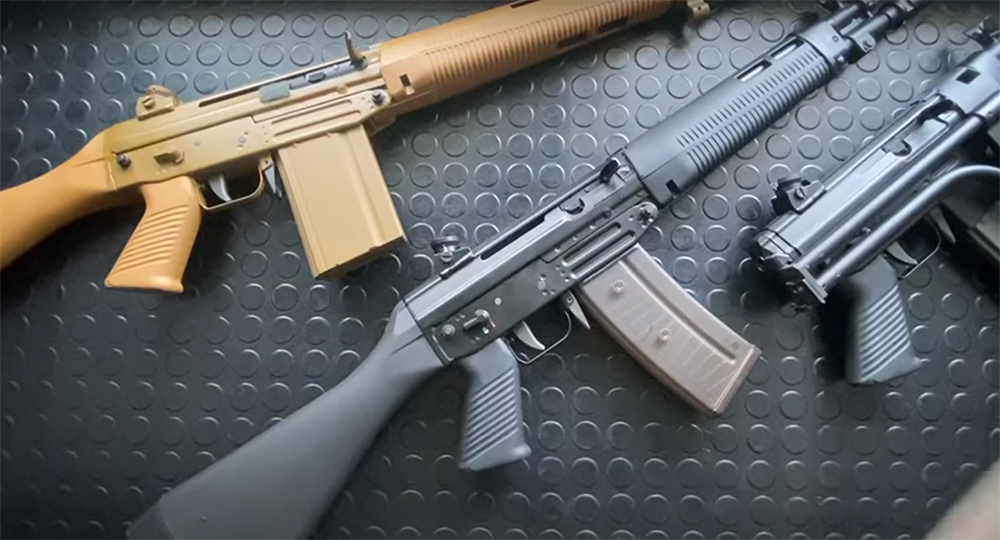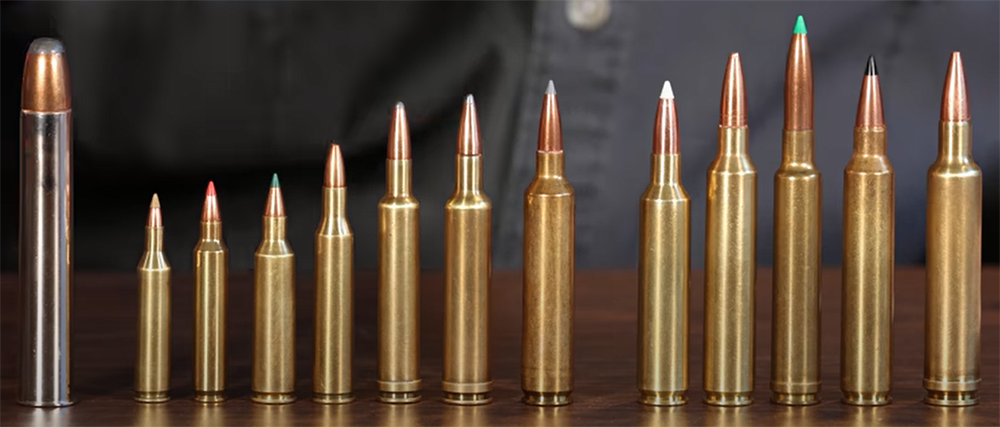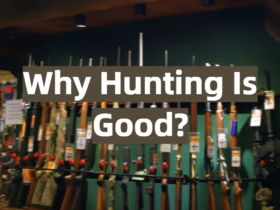Hunting can be a very rewarding experience, but it is also fraught with risk. One of the most important things that you need to do before heading out into the wilderness is select your firearm. This article will describe some factors that are important to consider when choosing a hunting rifle or shotgun for your next outdoor adventure.
Table of Contents
What Should You Check Before Choosing a Firearm for Hunting?
Hunting firearm laws and regulations
The first thing you should check is whether or not the firearm laws and regulations in your state allow you to use a semi-automatic rifle for hunting. Some states require hunters to use only single-shot rifles, which can be difficult when it comes to fast-moving animals like deer. Other states allow the hunting of big game such as elk with shotguns or muzzleloaders; these firearms are much more challenging than using a semi-automatic rifle because they typically have less range and accuracy over longer distances.
If you decide that purchasing a new shotgun isn’t worth it because of how expensive they tend to be, consider buying used! Many hunters will buy high-quality shotguns and sell them after their hunt season ends; this way you can get one at a discounted price!
If you are not sure whether or not your state requires hunters to use single-shot rifles, be sure to check the hunting firearm laws and regulations.

If it’s okay for you to hunt with either type of rifle, consider how much ammo will fit in each magazine; if there is more than one bullet per shell (most semi-automatic firearms can handle this), then you should opt for that style. This way, if your prey gets away from you after shooting once at it, you won’t lose track of it because its other bullets were unloaded while trying to reload another cartridge into place.
Rifle cartridges
Rifle cartridges come in many different shapes and sizes, but which one is best for you? There are two main types to choose from: centerfire rifles or rimfires. You should know the difference between these cartridges before selecting a rifle cartridge because each has its own pros and cons.
Rimfire ammunition contains its primer around the edge of the case (rim) instead of at the base like other ammo. This allows it to be more affordable than other bullets since there are fewer parts that go into making this type. It also means that hunters don’t have to worry as much about where they keep it stored or what temperature extremes may affect firing capabilities – all good things when thinking about outdoor storage conditions! The downside is range potential – most people would agree that a .22 LR is the longest range you want to go with this type.
Centerfire ammunition contains its primer in the centre of the case and will tend to be more accurate than rimfire cartridges at greater distances. This is because there are no obstructions inside your rifle chamber, so any slight variations or manufacturing issues won’t affect performance as much. It’s also a more reliable option when it comes to ignition because of the primer’s location, so you can count on your bullet firing every time.
There are many different cartridges available in centerfire rifles and they come with varying degrees of power depending on their size or calibre. Just like rimfire cartridges, there are some cons including the fact that it’s typically more expensive and they can be difficult to find when you’re in a remote area.

The recoil amount
The recoil amount is a factor that should be considered by those who are new to firearms. A lighter firearm will have less recoil, but the hunter must also ensure they have enough power for their target animal. Stronger recoil is often associated with a larger calibre and generally more power.
Recoil can be reduced by the use of muzzle brakes or other accessories, but this may make it difficult to shoot comfortably since some devices will actually increase felt recoil for several reasons. For example, longer barrels give greater accuracy at long ranges (which minimizes missed shots), but they also provide more time for propellant gases such as those produced from gunpowder combustion to act on the bullet while travelling through the barrel after being fired.
Selecting the right firearm is important if you are looking for a hunting weapon that will give you maximum accuracy and power while minimizing recoil. It’s best to start with something easy enough so it doesn’t discourage or intimidate even new hunters before they have had time to practice their shooting skills. Of course, this ultimately depends on what type of animal they are trying to hunt as well as local laws since some states require specific calibres in order to legally hunt certain animals such as hogs or deer.
Rifle actions
The three common rifle actions are bolt-action, lever action and pump action.
Rifle bolts have a rotating handle that slides the cartridge into the chamber. This mechanism is typically used for high-powered rifles with long-range accuracy to hunt big game such as deer or boar. It’s slow to reload, but very accurate at a great distance so you can take one shot per animal. Bolt rifles need good maintenance because they don’t work well when there isn’t enough cleaning or oiling due to dust and other particles from forest areas getting clogged in the trigger assembly partially causing it not to work properly which can lead to firearm breakage during hunting season!

Rifles that use pump actions also work quickly because of their design. They allow shooters to keep moving forward while firing by pulling back the forestock against its spring tension using arm strength just like priming a water gun or airsoft pistol! Pump arms typically only hold between one and three shots, so you’ll need to stay on the move if it jams.
Useful Video: How To Choose A Hunting Rifle
Final Thoughts
Before you head out on your next hunting trip, make sure to do some research on the firearms that are available. Check out gun reviews online and ask around with other hunters for their opinions. Find a firearm that is right for you by considering the factors mentioned above. The more time spent choosing your new rifle will ensure that you have an enjoyable outdoor adventure!
We hope this post was helpful and now you know what to look for when choosing the right rifle! Remember, it’s not just about how well you can shoot. There are many other factors that come into play so be sure to consider them all before making your purchase.






Leave a Reply